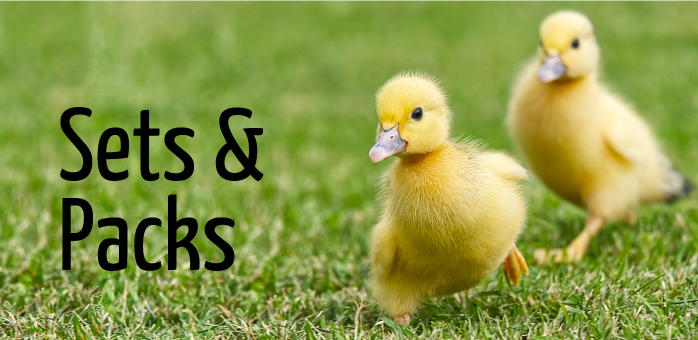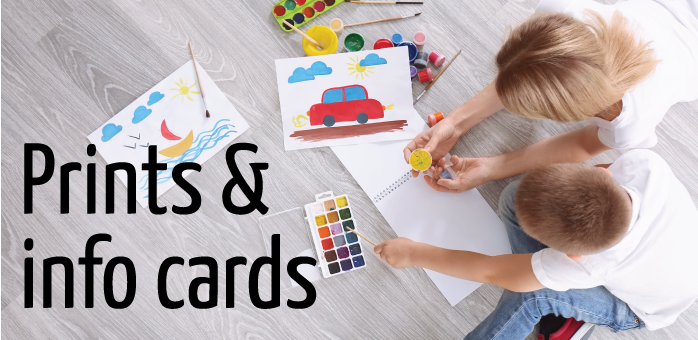Description
About this card
This info card uses autistic lead/informed research to identify the key strengths of the autistic neurotype and how it works/functions best. By giving the autistic neurotype space to grow and develop in its own natural way we can help to reduce the burden on the cognitive load and improve wellbeing outcomes for the autistic population
Pricing Description
- Free Download – This is a free download that allows you to share our visuals in a digital format, this is a great size for phones and tablet devices. They are not designed for printing
- High-quality .png file – This file can be used for digital presentations and workshops. It can be printed in documents at up to an A5 size without losing detail.
- A4 Print – Professionally printed on quality paper, these prints can be used when describing autism to others, as a small poster, or as a reference source
- A4 print pack – If you wish to hand out our info sheets to many clients or parents then this is a great option to buy them in bulk
- A6 sized print – Printed on card stock, these small versions of our visuals are a great tool to use to explain autism to others, orders of 15 or more (of any type of A6 card) comes with a free box to store them in
- A6 sized print –bulk (25 cards of 1 type) – a bulk order of 1 type of card. A great option when advocating, when you want to leave some information behind or include additional information in assessment and reporting.
- A3 Poster print – a single A3 sized poster print
- A2 Poster print – A single A2 sized poster print
About our visuals
The Little Black Duck’s visuals, information cards, and infographics are designed to help explain and expand our understanding of neurodiversity and autism.
Our visuals are evidence and research-informed, and include the voices of autistic lived experiences.
They come in a range of sizes and packs that you can use to distribute to clients, supports, teachers, or staff (or anyone who wants to know more about autism).
Our visuals often use principles from Carol Grey’s colour coding and symbols to express thoughts and emotions, helping them integrate more easily into other communication and support systems. This also helps them to become a richer form of communication as the user grows and their needs and thoughts become more complex and diverse.
Referencing the Little Black Duck’s Visuals
When referencing our work, please use the following guide:
- Content owner: Melanie Martinelli,
- Date: use the copyright for the reference date, or the date of download
- Title: Use the image title/heading











Reviews
There are no reviews yet.